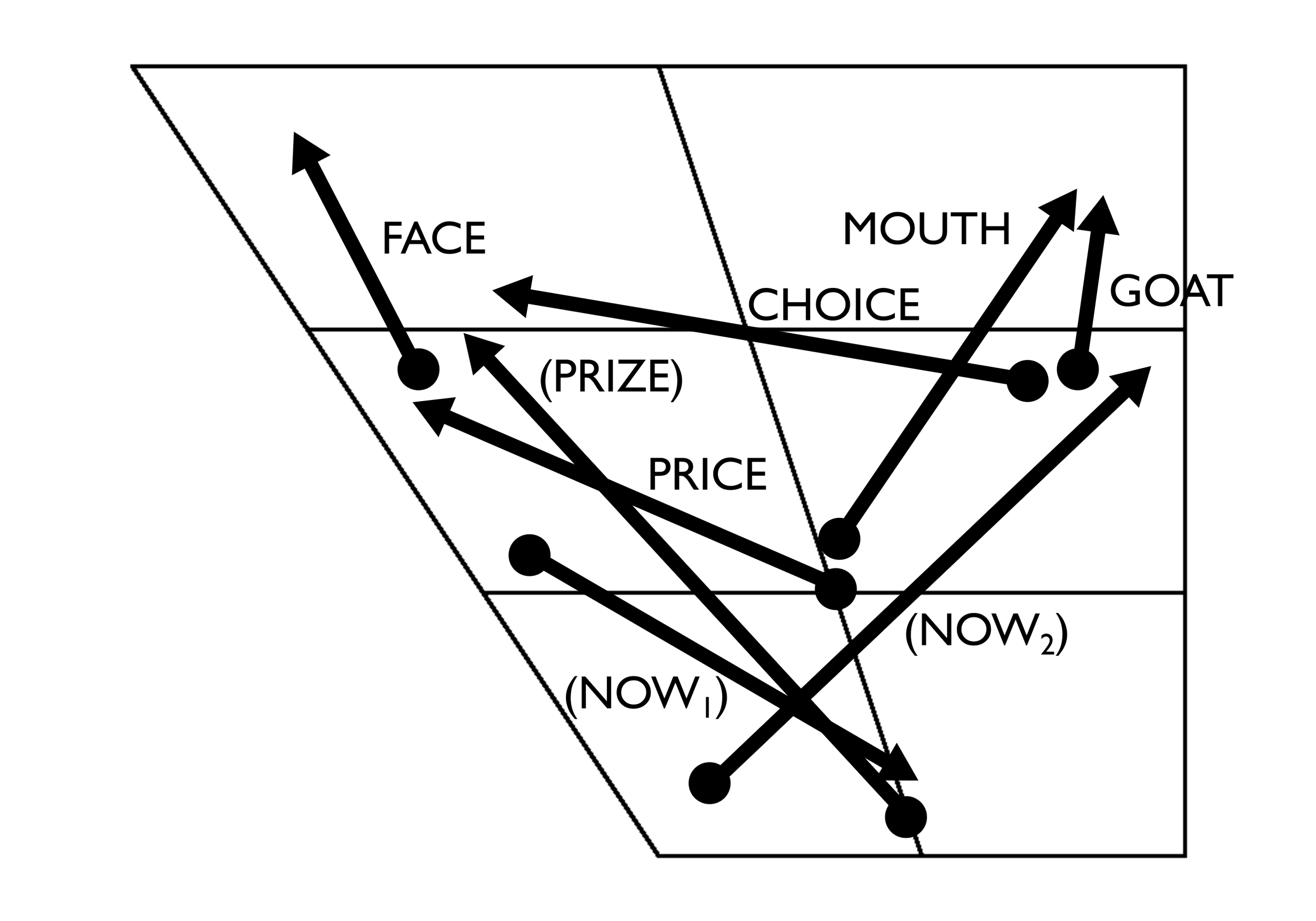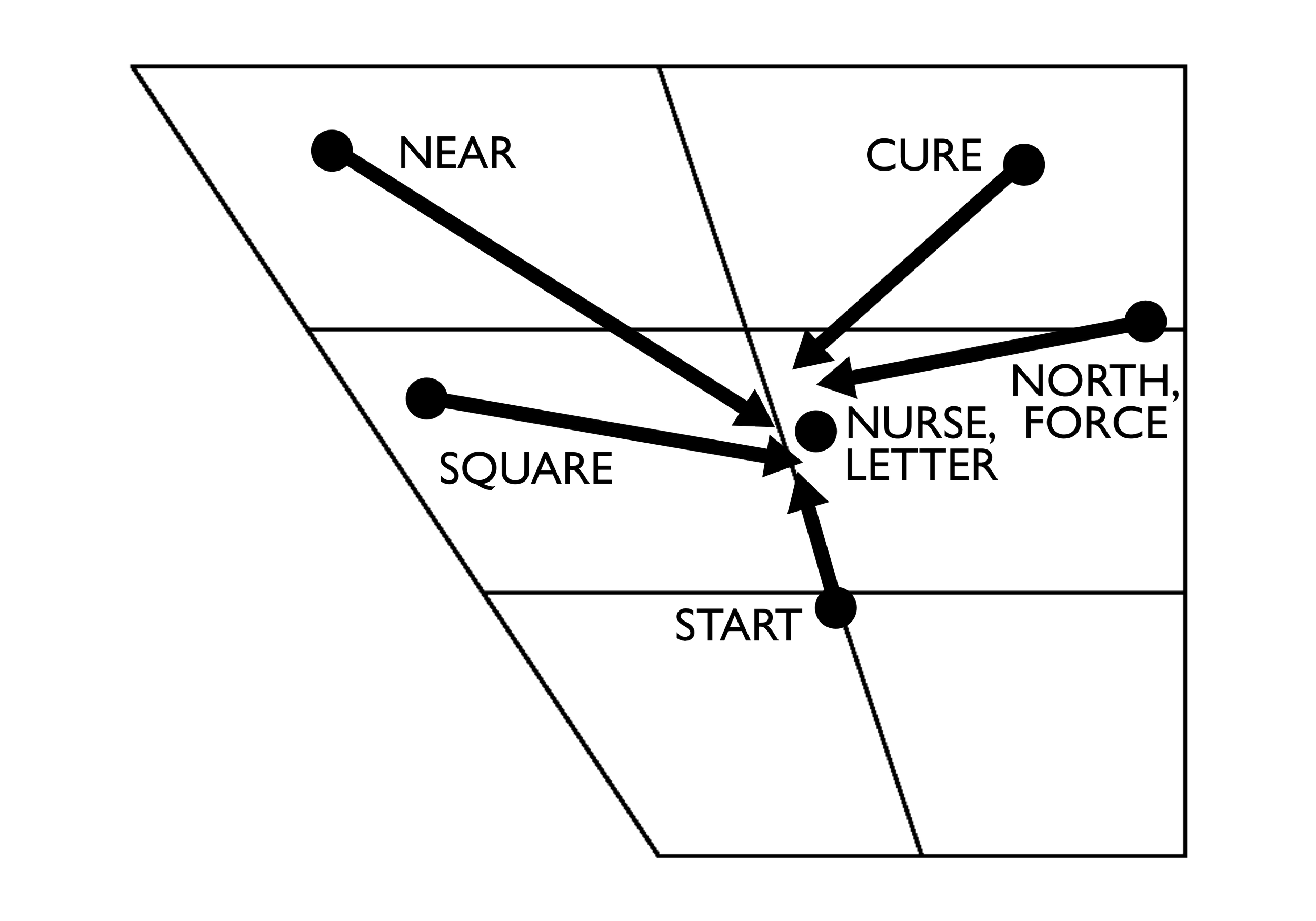Cumberland County English
An interactive guide to ‘That Old-Time Talk’: A Phonological Study of Speakers of the Greatest and Silent Generations Born in Cumberland County, Nova Scotia
‘That Old-Time Talk’
We are fortunate that, in the 21st century, technology has advanced such that we are able to have access to information that once would have been lost to time. Language differs not only across space, but also across time. The technology that is available today has enabled the capture of ‘snapshots’ of language, that hold still a particular moment in time and place. The Cumberland County Genealogical Society’s Down Memory Lane series is one such collection of snapshots, which enable the study of varieties of English that may have since changed and may never have been found anywhere else. These snapshots are of speakers born between the years of 1910-1930, part of the Greatest Generation.
Few phonological studies target local Canadian Maritime English varieties. There is a brief overview of Canadian Maritime English in The Atlas of North American English by Labov, Ash, and Boberg, and a chapter in Lesser-Known Varieties in English by Kiefte and Kay-Raining Bird. The objective of this study was to compare the variety spoken in the CCGS archives to the existing descriptions of broad Canadian Maritime English and the local varieties in Halifax, Lunenburg, and Sydney, by comparing how twelve speakers pronounce vowels.
Cumberland County is an area with strong Scottish and Irish influences. Indeed, Scottish was the second-most common answer for ancestry in Cumberland County in the 2021 Canadian census, and Irish was the fourth-most. These figures can hardly be thought to have changed since the early 1900s. There is a potential that these particular influences in terms of ancestry may have influenced the variety of English in Cumberland County, as German influences have been noted in Lunenburg and Scottish influences in Sydney.
In this study, I explore hyperlocality — it is likely that this variety of English was not widespread, perhaps not beyond Cumberland County, and it is likely even to have changed since these speakers were born. As a summary for this project, I have included a technical report with detailed linguistic analysis, but also a more public-oriented interactive piece where you can listen to the differences in varieties of English to understand what Cumberland County English for those born between 1910 and 1930 sounded like.
I would like to thank the generous support of the Cumberland County Genealogical Society for this project, whose archival materials I consulted to be able to do the study.
A dialect or accent is not a bad thing, not something to be ashamed of. There is beauty, I think, in hyperlocality, that which can link someone to a specific region. Place is important to me, and this project was a way of expressing that. There is variation in language everywhere you go, and this should be embraced, not frowned upon. I began this project because I felt that there was something unique in the way that the Greatest Generation speakers from Cumberland County spoke. I believe that this project has proven this thought correct, and this knowledge extends what is already known about Canadian Maritime English to Cumberland County, with that aspect of hyperlocality.
Cumberland County, NS (From Wikimedia Commons)
Listen Along
Below, I’ve made audio recordings that summarize my main findings from the study. I’ve made these recordings myself so that the differences I am trying to highlight are clear. Each word will be repeated three times for different varieties of English. See if you can hear the difference between Cumberland County English and the other varieties.
Cumberland County — GOOSE
General Canadian — GOOSE
Cumberland County English’s GOOSE vowel is further back in the mouth.
Cumberland County — CHOICE
General Canadian — CHOICE
Cumberland County English’s CHOICE vowel doesn’t quite end on an ‘ee’ sound. More like an ‘eh’ sound.
Cumberland County — LOUD
General Canadian — LOUD
Some Cumberland County English speakers have a NOW vowel (the sound in ‘LOUD’) that gets lower in the mouth, not higher.
Cumberland County — FATHER
General Canadian — FATHER
The Cumberland County English vowel in ‘father’ is noticeably more forward than in General Canadian English.
Cumberland County — COTTAGE
General Canadian — COTTAGE
Cumberland County English speakers may have a more tense ‘ih’ vowel where it is unstressed, like in ‘cottage’. This can make it sound almost like ‘cotteege’.
Cumberland County — KIT
General Canadian — KIT
Cumberland County English has a longer, broken KIT vowel.
Cumberland County — BED
General Canadian — BED
Cumberland County English has a longer, broken BED vowel.
Cumberland County — BAT, BAD, BAN, BAG
General Canadian — BAT, BAD, BAN, BAG
Cumberland County English’s BAT vowel shows a lot of alternation depending on the surrounding consonants.
Cumberland County — COT, CAUGHT
General Canadian — COT, CAUGHT
For some speakers of Cumberland County English, the vowels in COT and CAUGHT have not yet merged.
Cumberland County — GOOD
General Canadian — GOOD
Cumberland County English’s GOOD vowel is further back in the mouth.
Maritime English — START
General Canadian — START
In all of Canadian Maritime English, the vowel in START is typically forward and higher compared to elsewhere in Canada.
Cumberland County — HAPPY
General Canadian — HAPPY
Some Cumberland County English speakers showed a more open vowel at the end of ‘happy’ than you would expect for General Canadian English.
Conclusion of the Technical Report
Cumberland County English is a distinct variety of Canadian Maritime English. It is clearly dissimilar in some vowel qualities to what has been described for broad Canadian Maritime English and more localized varieties of CME in Halifax, Lunenburg, and Sydney. It is dissimilar in some ways, particularly the unraised NOW vowel and the occasional lack of happY tensing, with what is described for all of Canadian English. This report provides a preliminary description of CCE’s vowel qualities, placing it firmly within the realm of CME (especially due to the fronted START vowel), although a divergent variety thereof, sharing many features with Appalachian English.
Monophthongs (single sounds)
Vowel Charts
For those who are interested in linguistics, I’ve added the vowel chart figures that appear in the technical report here. These show the location and direction of a vowel sound through the mouth.
Diphthongs (double sounds)
Rhotic vowels (sounds with ‘r’)
Sources
Canadian. (2009). CumberlandCounty.png [Map of Cumberland County, NS]. Retrieved from Wikimedia Commons at https://commons.wikimedia.org/wiki/File:CumberlandCounty.png
Cumberland County Genealogical Society. (2008-). Down Memory Lane. [DVD series].
Kiefte M, Kay-Raining Bird E. (2010). Canadian Maritime English, in D. Schreier (ed.), The lesser known varieties of English: An introduction (pp. 59-71). Cambridge University Press.
Labov W, Ash S, Boberg C. (2007). The atlas of North American English: Phonetics, phonology and sound change. Mouton de Gruyter.
ListenLab. (2021, February 1). Make your own vowel chart! Retrieved from: https://www.youtube.com/watch?v=BGW8J4cG0qY
Wells JC. (1982). Accents of English. Cambridge University Press.



